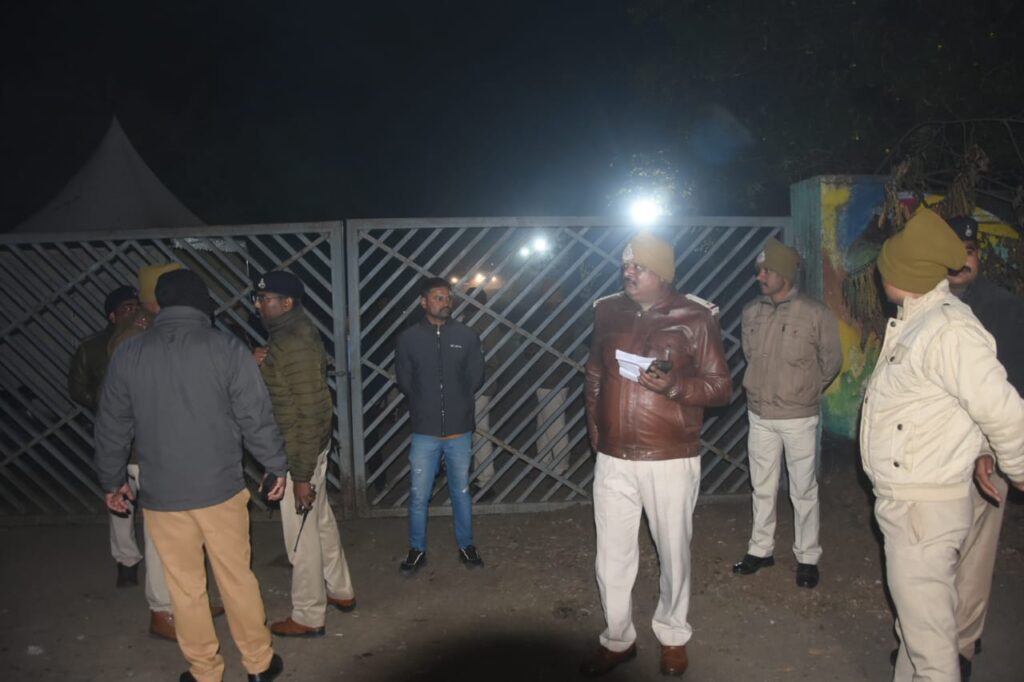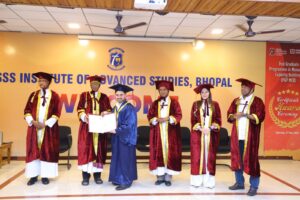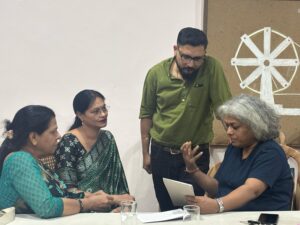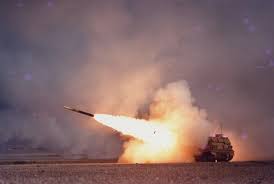
The process of disposing of toxic waste from the Union Carbide factory, which has been closed for 40 years after the Bhopal Gas Tragedy, will finally begin. On Wednesday night, about 377 tonnes of waste stored at the site was transferred to Pithampur, sparking political row and opposition by locals even before the waste arrived at its destination.
Madhya Pradesh Chief Minister Dr. Mohan Yadav held a press conference in Bhopal to explain the shifting of the hazardous waste. He said that we had coexisted with this toxic material for decades but finally it is being destroyed.
CM Mohan Yadav assured that every precaution would be taken during its disposal. He said that the government would work transparently and involve the public to address their concerns. He also urged the Opposition to not politicize the issue. Dr Yadav said, “We are committed to resolving all doubts and ensuring public safety.”
Despite the government’s assurances, the decision to dispose of the waste in Pithampur has led to protests in Dhar and Indore districts. Local residents, led by Madhya Pradesh Congress chief Jitu Patwari, staged protests expressing their apprehensions. Senior political leaders, including Urban Development Minister Kailash Vijayvargiya and Indore Mayor Pushyamitra Bhargava, have also urged the government to reconsider the decision.
After facing years of delays and opposition, 12 sealed containers carrying hazardous waste were finally transported to the Pithampur Industrial Area in Dhar district, situated about 250 kilometers from Bhopal. The convoy, which included 25 vehicles, was heavily secured with a police force, ambulance, doctors, fire brigade team, and a quick response unit. The waste containers were transported overnight and reached Pithampur without any interruptions.
The toxic waste from the 1984 Bhopal Gas Tragedy remains a major environmental and political concern. Authorities have said strict safety protocols will be implemented to safeguard both the environment and public health. However, worries about the effects on the local community and ecosystem persist, sparking ongoing discussions.







